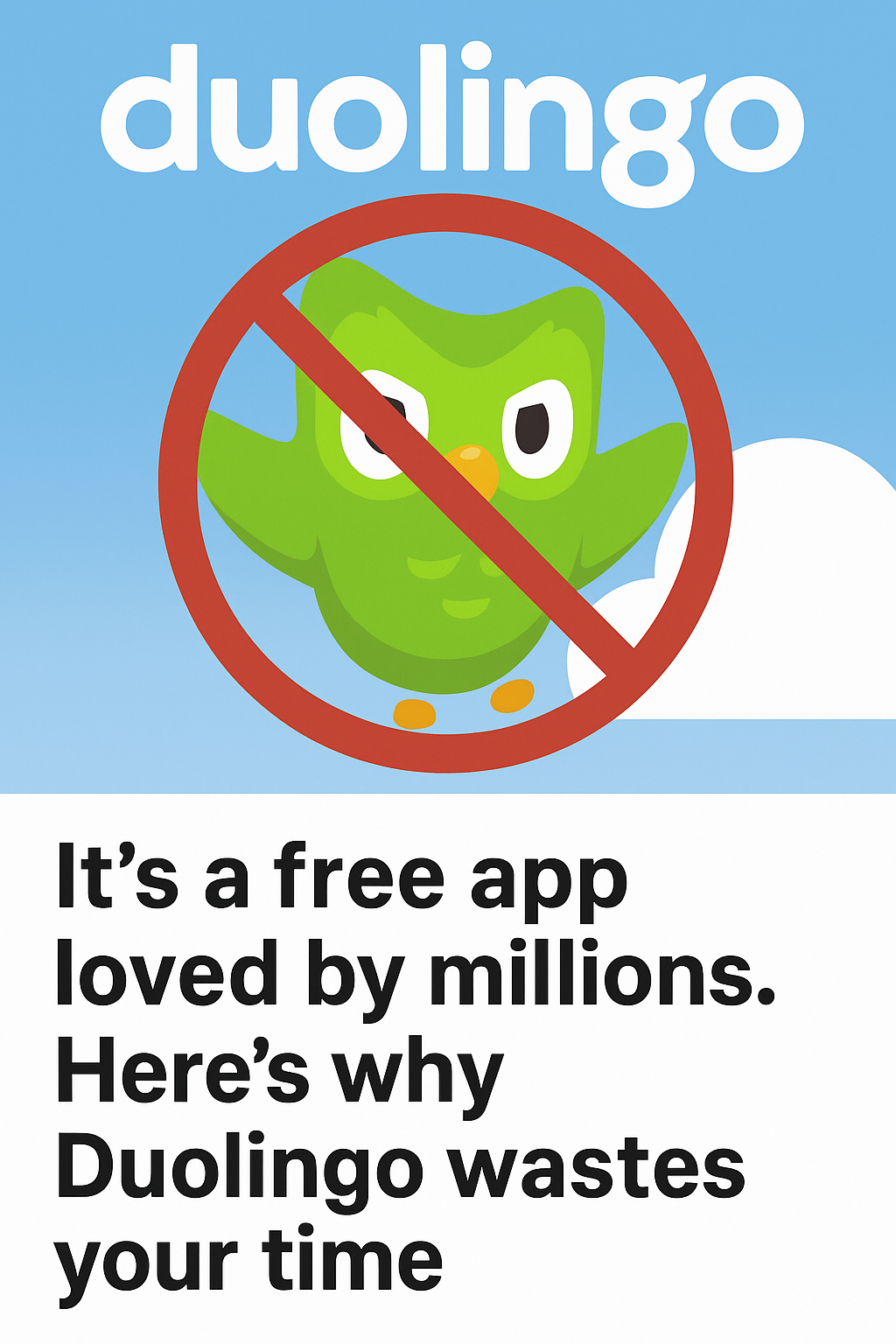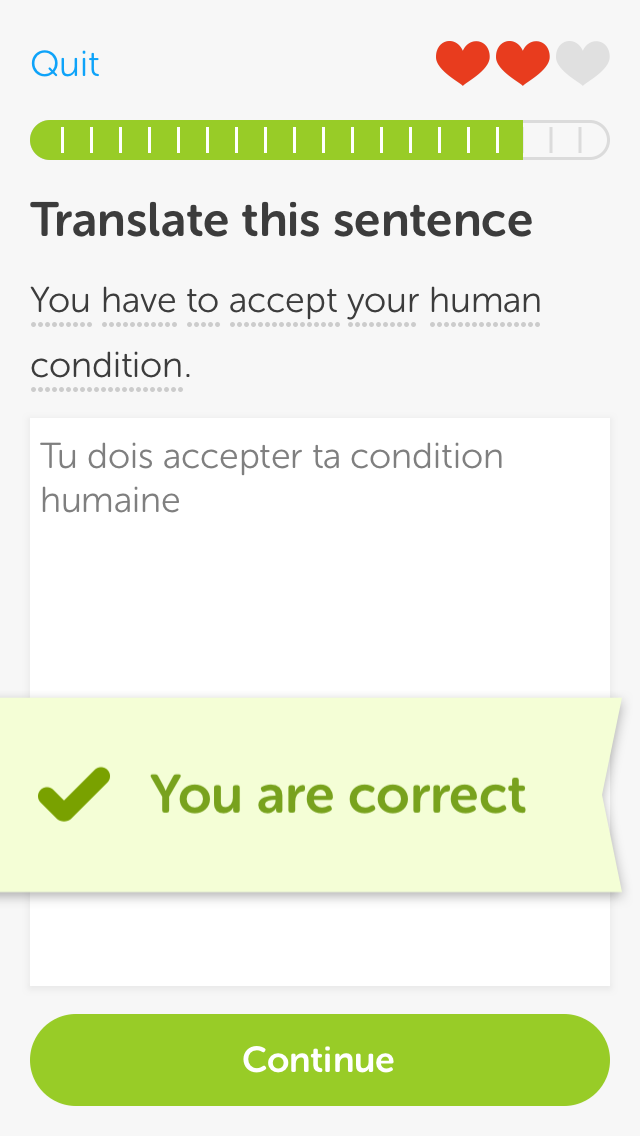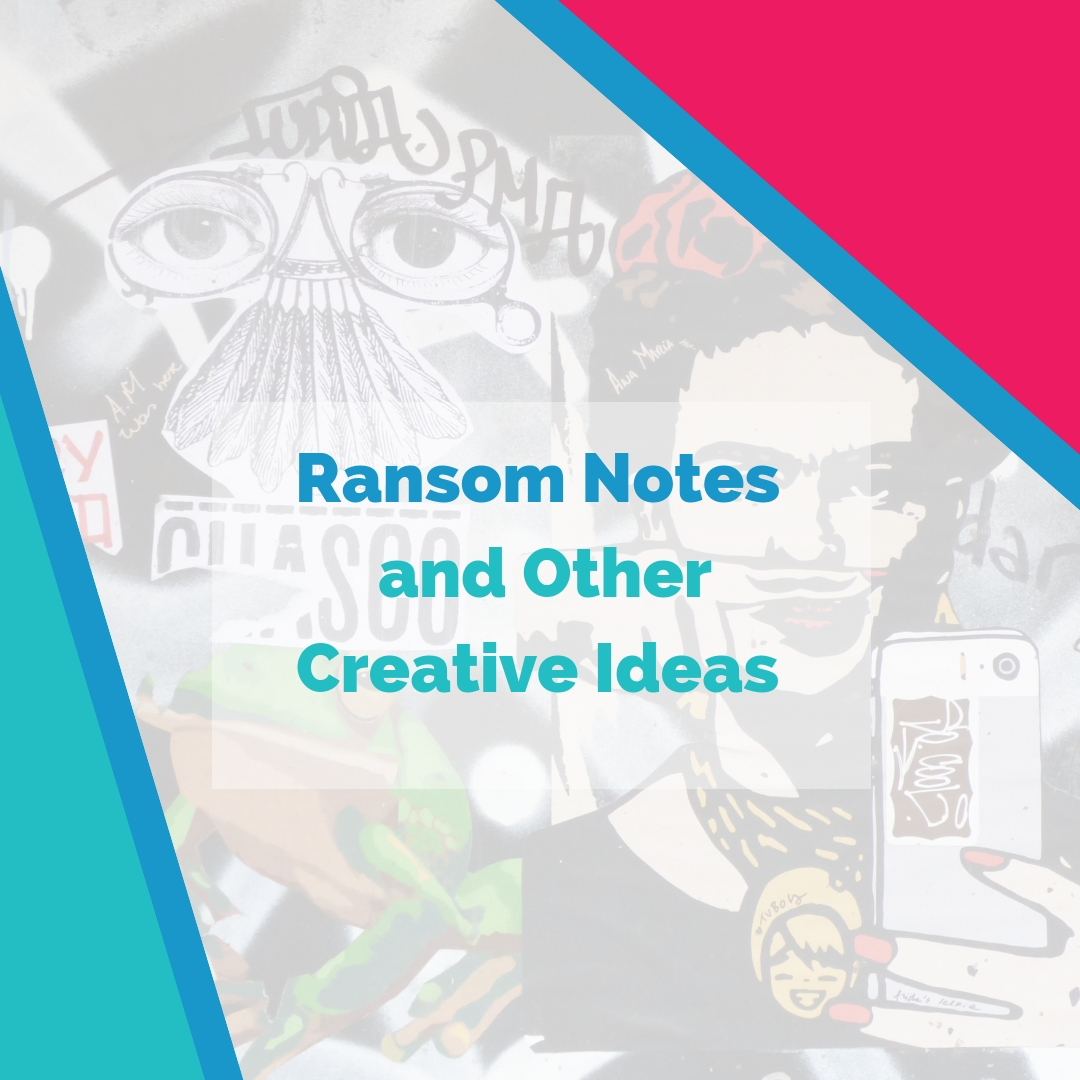Whenever I hear that someone new is starting language learning, I get excited.
But then, they mention Duolingo and I know how this is going to go.
I’ve spent years teaching, learning, and experimenting with language tools, and the little app with the Duolingo owl has always felt like a toy version of what language learners really need.
Using the app feels like language learning. You’ll pick up a few phrases. Cartoons cheer you on.
But deep down, it’s cosplay. Why?
What’s Good About Duolingo
This app felt like a revolution when it first came out. Here’s why:
Free-ish, easy access to language learning from your smartphone. Nice.
Lovely design with lots of fun illustrations
Gamified learning keeps you coming back!
It gets you from zero to somewhere in language learning, and officially works for getting people to do well on tests. (research sponsored by Duolingo itself though 👀)
The Downsides of Duolingo
Duolingo telling me what my problem is.
You probably know about a lot of these issues by now, but let’s recap:
You have to learn endless nonsense sentences.
No flexibility about how you express yourself in your new language, so you’re not learning how to communicate.
The feedback is too easy to ignore.
Of course it’s not really free. Duolingo is now an ad-packed freemium app, and their business model has always cost teachers and learners. (Want the back story? Listen to this podcast about the hidden cost of cheap & easy language learning.)
Zero nuance, extremely limited explanations, no culture context.
Language learning should make people curious, but Duolingo doesn’t do that.
You don’t become a communicator. You become a really good Duolingo user.
What I Wanted to See Instead (So I Built it)
As a language teacher, AI has blown my mind. This endless resource of natural languages is easy to access, like a rich practice playground.
From the start, I wanted to build a community-driven, AI-powered space that actually helps people make progress:
Fresh, exciting ideas developed for real learners
Tools that help you learn with freedom, explore and have fun
Real-time personalised feedback, not just error messages
Content rooted in culture, context, and actual conversation
And most importantly: a support system. Other humans. (Plus AI that doesn’t sound like it’s dying inside.)
So I opened AI Language Club, where we create and experiment with fresh, interesting language learning ideas in ChatGPT, Gemini, and other AI tools.
If you are just getting started with a new language, don’t sleep on the big possibilities of AI, because it can do so much more than Duolingo!
What to Read Next
3 Tutor-Approved Ideas for Improving Your Duolingo Experience
Finding the Button That Makes AI Easier for Language Learners
If you are ready for fun, exciting language learning with fast results, come and join our club!





